- Application For Maker Faire Rome 2024: Deadline June 20thPosted 2 weeks ago
- Building a 3D Digital Clock with ArduinoPosted 5 months ago
- Creating a controller for Minecraft with realistic body movements using ArduinoPosted 6 months ago
- Snowflake with ArduinoPosted 6 months ago
- Holographic Christmas TreePosted 7 months ago
- Segstick: Build Your Own Self-Balancing Vehicle in Just 2 Days with ArduinoPosted 7 months ago
- ZSWatch: An Open-Source Smartwatch Project Based on the Zephyr Operating SystemPosted 8 months ago
- What is IoT and which devices to usePosted 8 months ago
- Maker Faire Rome Unveils Thrilling “Padel Smash Future” Pavilion for Sports EnthusiastsPosted 9 months ago
- Make your curtains smartPosted 9 months ago
LittleBot: 3D Printed Arduino STEM Learning Tool for Kids
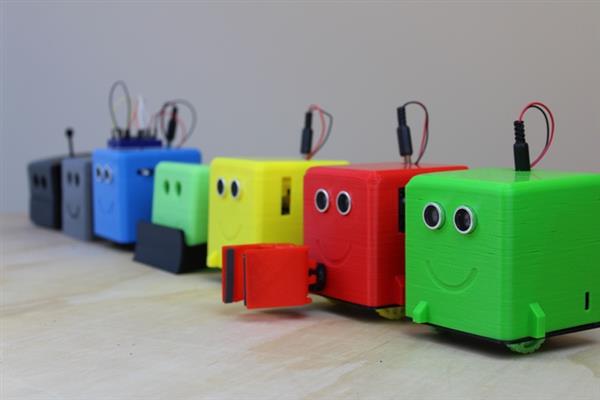
Often, the best way to learn something is to approach it in a hands-on manner. This is certainly true of robotics, though many schools have been limited by the availability and accessibility of the technology, which is often quite expensive.
Fortunately, that’s where Slant Robotics comes in. With its new LittleBot 3D printed robot, the company is aiming to offer kids a fun way to learn about robotics—without breaking the bank. The kid-friendly bot is now available via Kickstarter for as low as $45.
The smiling LittleBot consists of a cube-shaped 3D printed body, simple electronics (easy enough for kids to learn with), ultrasonic sensors (which double as eyes), dual drive motors and wheels, and an Arduino set up on a custom circuit board. The Arduino and circuit board that power LittleBot were also designed with expandability in mind.
“Every inventor has a story from their childhood where they ruined their mom’s vacuum cleaner or their own toys, trying to ‘find out how it worked,’” Slant says in its Kickstarter. “We wanted to create a robotic toy that not only could be taken apart to ‘see how it works’ but encourages that kind of exploration so that a new generation of engineers and scientists can be created.”
“The board allows for maximum expandability, including other servos, and more sensors. Its Bluetooth dock also allows you to connect to smart devices and create apps for the robot with tools like App Inventor,” says Slant.
LittleBot has two main modes: remote (via an Android smartphone app) and autonomous (using its two sensor-eyes).
Last, but definitely not least, LittleBot’s software is entirely open source.
If you think you or your child could benefit from learning STEM in a fun and interactive way, we suggest checking LittleBot out.



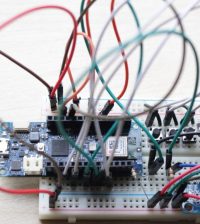



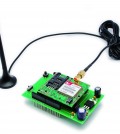
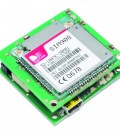
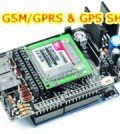




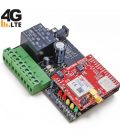

Pingback: .NET i jiné ... : Odkazy z prohlížeče – 27.6.2017